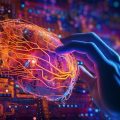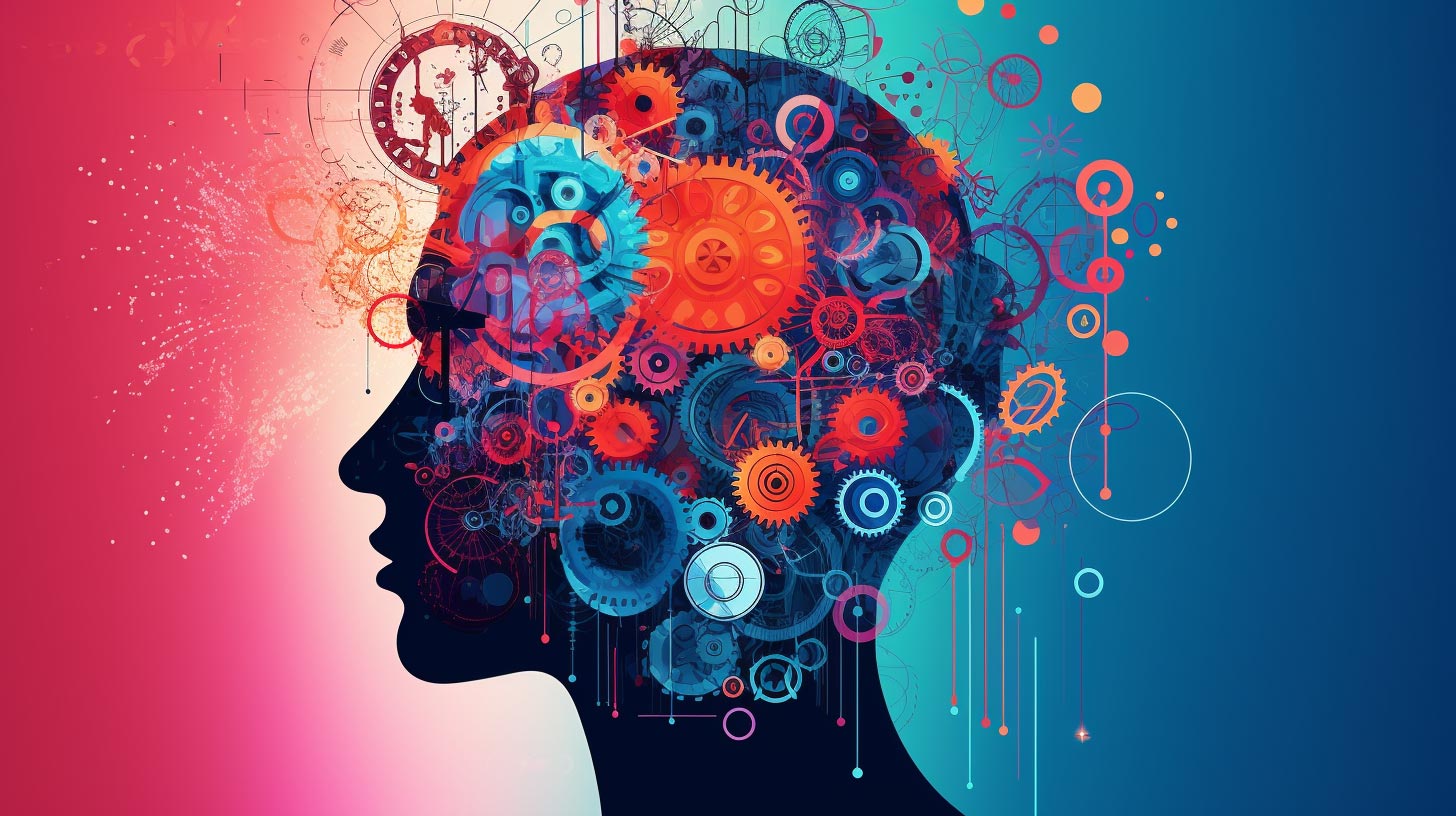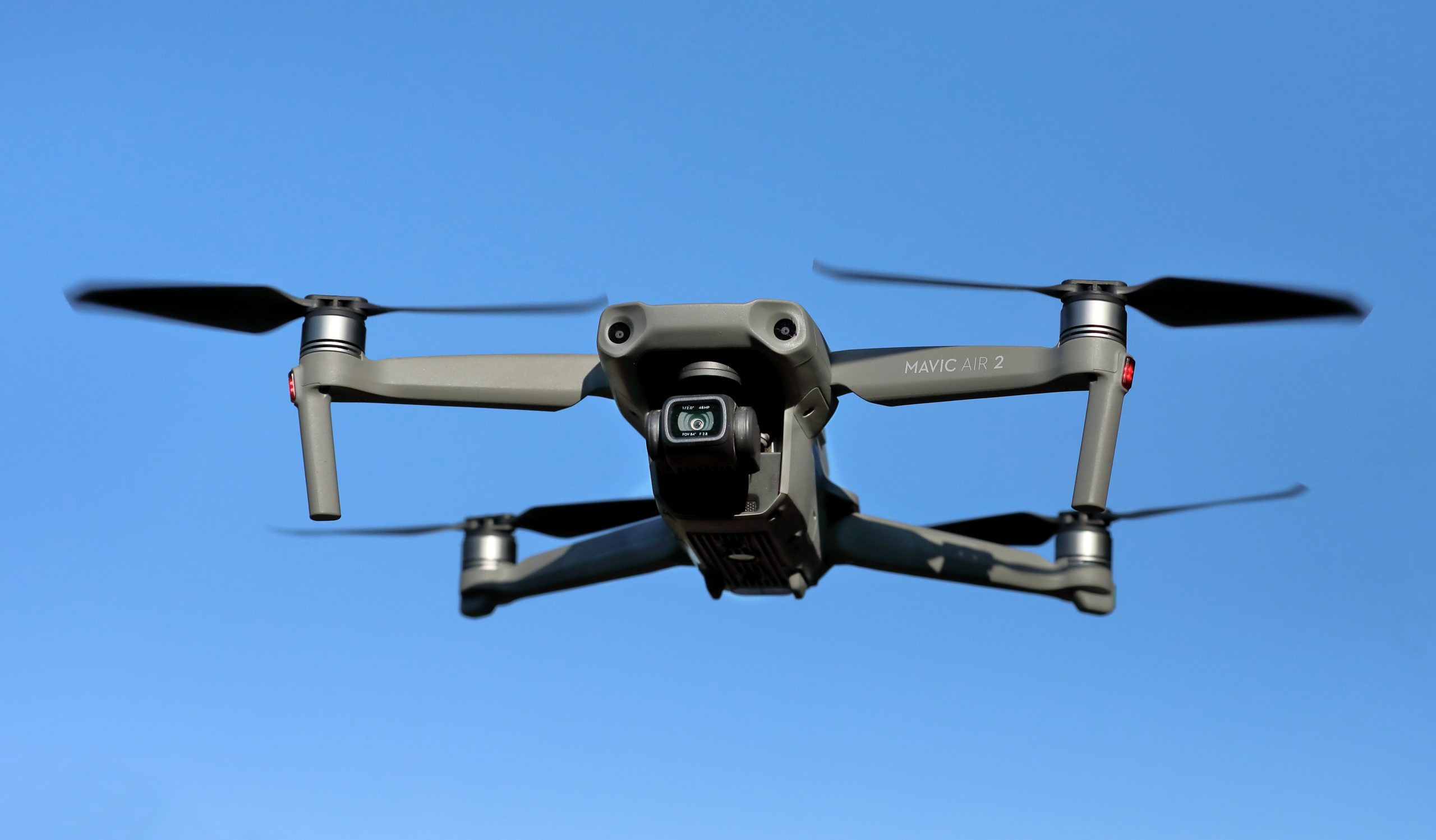Machine learning, a subset of artificial intelligence, has emerged as a pivotal technology in today’s rapidly evolving world. With its ability to autonomously learn from vast amounts of data, machine learning holds the promise of predicting future outcomes in various industries.
By leveraging the power of big data, this technology has the potential to revolutionize fields such as image recognition and content detection.
However, to achieve accurate predictions, machine learning requires the integration of data, algorithms, models, and labels. Key algorithms like linear regression, logistic regression, and decision trees play a crucial role in this process, enabling machines to learn patterns and make informed decisions.
One of the remarkable advancements in machine learning is the development of neural networks, particularly deep learning. By simulating the intricate workings of the human brain and delving into multiple layers of data, deep learning achieves unparalleled accuracy in predictions.
This opens up new possibilities for industries seeking innovative solutions. Moreover, machine learning encompasses different problem settings, including supervised learning, unsupervised learning, and reinforcement learning, each offering unique approaches to solving complex problems.
As technology giants like IBM, Microsoft, and Google harness the power of artificial intelligence and machine learning tools, the future beckons with endless possibilities. The integration of big data, algorithms, and models in machine learning holds the key to unlocking the potential for predicting the future.
This article explores the foundations of machine learning, the different types of machine learning problems, and the crucial role of big data in unleashing the power of machine learning.
By understanding the underlying principles and applications of this technology, we can pave the way for a future where accurate predictions and innovative solutions become the norm.
Key Takeaways
- Machine learning is a subset of artificial intelligence that allows computers to learn from large datasets and make predictions.
- Big data analysis plays a crucial role in machine learning and predictive analytics.
- Machine learning automates and optimizes processes, leading to cost savings and increased productivity.
- Machine learning has applications in various fields such as image recognition, content detection, and healthcare.
What is Machine Learning?
Machine learning is a subset of artificial intelligence that enables computers to learn from large datasets and make predictions about future outcomes based on accumulated data.
It involves the use of algorithms to analyze and interpret patterns within the data, allowing the computer to identify relationships and make informed predictions.
One of the key advantages of machine learning is its wide range of applications. It can be used in various industries, such as image recognition, content detection, and even healthcare.
Machine learning algorithms, such as linear regression, logistic regression, decision trees, and neural networks, are commonly employed to solve different types of problems and make accurate predictions.
The applications of machine learning are vast and continue to expand as more data becomes available. For example, in image recognition, machine learning algorithms can analyze large datasets of images to identify objects and classify them accurately.
In content detection, machine learning can be used to automatically identify and filter out inappropriate or harmful content on platforms such as social media.
In healthcare, machine learning algorithms can analyze patient data to predict disease risks and recommend personalized treatments. These are just a few examples that demonstrate the power and potential of machine learning in various fields.
By leveraging the vast amount of data available, machine learning algorithms can provide valuable insights and predictions that were previously not possible, revolutionizing the way we approach problem-solving and decision-making.
Types of Machine Learning Problems
Supervised learning, unsupervised learning, and reinforcement learning are common problem settings in the field of artificial intelligence where computers are trained to make predictions based on available data.
Supervised learning involves training a machine learning model using labelled data, where the inputs are paired with the corresponding desired outputs. The model learns from these labelled examples and can then make predictions on new, unseen data.
It aims to find patterns and relationships in the data to accurately predict the output for future inputs. This type of learning is commonly used for tasks such as image classification, speech recognition, and sentiment analysis.
On the other hand, unsupervised learning deals with finding patterns and structures in unlabeled data. The goal is to discover hidden relationships or clusters within the data without any prior knowledge of the expected output.
This type of learning is useful when there is no available labelled data or when the objective is to gain insights and understand the underlying structure of the data. Unsupervised learning algorithms can be used for tasks such as customer segmentation, anomaly detection, and recommendation systems.
Reinforcement learning is a different approach where an agent learns to interact with an environment and make decisions in order to maximize a reward signal. The agent learns through trial and error, receiving feedback in the form of rewards or penalties based on its actions.
It explores different actions and learns from the consequences to improve its decision-making process. Reinforcement learning has been successfully applied to problems such as game playing, robotics, and autonomous driving.
The field of artificial intelligence encompasses various problem settings for machine learning. Supervised learning, unsupervised learning, and reinforcement learning each have their own unique characteristics and applications.
By understanding these different types of machine learning problems, researchers and practitioners can choose the most appropriate approach for their specific tasks and unleash the power of machine learning in predicting the future with big data.
The Role of Big Data
The utilization of vast quantities of information in the field of artificial intelligence has become a driving force behind the development and advancement of various machine learning techniques.
Big data analytics for business growth has gained significant attention in recent years due to its ability to extract valuable insights from massive datasets.
With the rapid growth of digital information, organizations now have access to unprecedented amounts of data that can be used to make informed decisions and drive innovation.
By applying machine learning algorithms to these large datasets, businesses can uncover patterns, trends, and correlations that were previously hidden, leading to more accurate predictions and improved decision-making.
However, the analysis of big data also poses various challenges and opportunities.
One of the main challenges is the sheer volume and complexity of the data.
Traditional data processing techniques are often insufficient to handle the scale of big data, requiring the use of specialized tools and technologies.
Additionally, ensuring the quality and reliability of the data is crucial, as inaccuracies or biases in the data can lead to misleading results.
Another challenge is privacy and security concerns, as the collection and storage of large amounts of personal or sensitive data can raise ethical and legal issues.
Despite these challenges, big data analysis offers numerous opportunities for businesses.
It enables organizations to gain a deeper understanding of their customers, improve operational efficiency, and identify new market opportunities.
By leveraging machine learning algorithms, businesses can automate and optimize various processes, leading to cost savings and increased productivity.
Moreover, big data analysis can facilitate data-driven decision-making, allowing businesses to make more informed choices based on empirical evidence rather than intuition or guesswork.
Overall, the role of big data in machine learning is instrumental in unlocking the full potential of predictive analytics and driving innovation in various industries.
Frequently Asked Questions
How does machine learning differ from traditional programming?
Machine learning differs from traditional programming in that it allows computers to learn on their own through big data, while traditional programming relies on predefined rules and logic. Machine learning has the advantage of making predictions based on accumulated data, but it also has limitations such as the need for labelled data and the potential for bias in the algorithms. Traditional programming, on the other hand, is more deterministic and relies on explicit instructions.
What are some common applications of machine learning in everyday life?
Machine learning has become a vital part of everyday life with applications such as home automation and personalized recommendations. These technologies have revolutionized the way we live, providing innovative solutions to enhance our daily routines and experiences.
Can machine learning algorithms be applied to any type of data?
Machine learning algorithms can be applied to any type of data, but challenges arise when dealing with unstructured data. Data preprocessing techniques, such as cleaning, normalization, and feature extraction, are necessary to transform unstructured data into a structured format suitable for machine learning algorithms.
How do neural networks improve the accuracy of predictions in machine learning?
Neural networks improve the accuracy of predictions in machine learning by utilizing deep learning architectures. These architectures allow for improved generalization by analyzing multiple layers of data, resulting in more accurate and nuanced predictions.
Are there any ethical concerns or limitations associated with the use of machine learning and big data?
Ethical concerns and limitations are associated with the use of machine learning and big data. Ethical concerns include privacy, bias, and job displacement. Limitations include the need for large and diverse datasets, interpretability of results, and potential algorithmic biases.








Leave a Reply